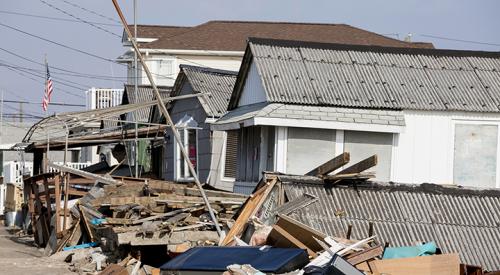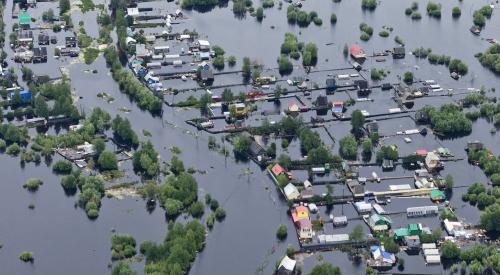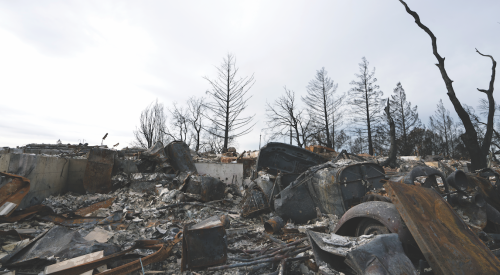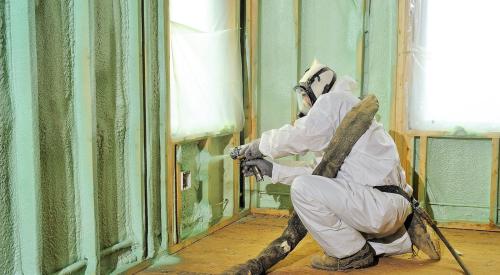The East Coast and Mid-Atlantic states are only a few weeks out from the devastation caused by Winter Storm Jonas (did you know it had a name?), which walloped most of them with several feet of snow, including a whopping 40 plus feet in West Virginia. On top of the tragedy of lost lives, many homes were seriously damaged or destroyed.
Around the same time residual effects of a magnitude-7.1 quake resulted in the loss of four homes due to explosions or fire following the quake.
Does it seem like catastrophic disasters are happening with more frequency these days? Well, that’s because they are. Weather disasters costing $1 billion or more have tripled in the U.S. since the 1980’s, with annual losses in more recent years costing as much as $60 billion*. They come in many shapes and sizes (and names – Sandy, Katrina, Jonas, etc.), creating multiple threats to the built environment in the form of hurricanes, hailstorms, floods, tornadoes, extreme cold, blizzards and earthquakes—as well as various manmade catastrophes.
As is the case with some storm clouds, this one has a silver lining. BASF is mitigating these weather hazards with Disaster Durable Solutions. Its construction chemistry and community commitment have stood up to the harshest conditions both Mother Nature and mankind have dished out. This is crucial, because when it comes to building homes that will stand against the threat of disaster, good or better isn’t enough. Only the best will do when it comes to protecting your product and the communities you build from this growing, harsh reality.
That is what you get with BASF’s line of Closed Cell Spray Polyurethane Foam (SPF) products. When combined with other durable building materials, SPFs can make a home more wind and water resilient.
SPF is continually gaining recognition for its ability to improve the disaster resiliency of homes and businesses. Even FEMA has recommended it for homes in flood-prone areas. Consider two cases where SPF has made a difference in the structures, and thereby the lives of their owners, of individuals in the wake of disaster.
BASF worked with NOLA100 and other partner organizations in New Orleans in 2008 to help build back the storm-ravaged community. An 85-year old resident’s 20th century home was renovated to be more energy efficient. Wasted energy wastes money, and on a fixed income, this resident couldn’t afford high energy bills.
|
A key part of the project design strategy involved using BASF Closed Cell SPF. Its use augmented the energy efficiency of the other utilities, and the result is a home that is much more environmentally friendly in statistically measurable ways:
|
|
Another example is the Mississippi Coast Coliseum. Built in 1977, the Coliseum has survived 16 named hurricanes and tropical storms. One of the biggest factors contributing to its durability is the domed stadium has had a SPF roof since its original construction over 35 years ago.
* According to the George Washington University Face the Facts initiative.













